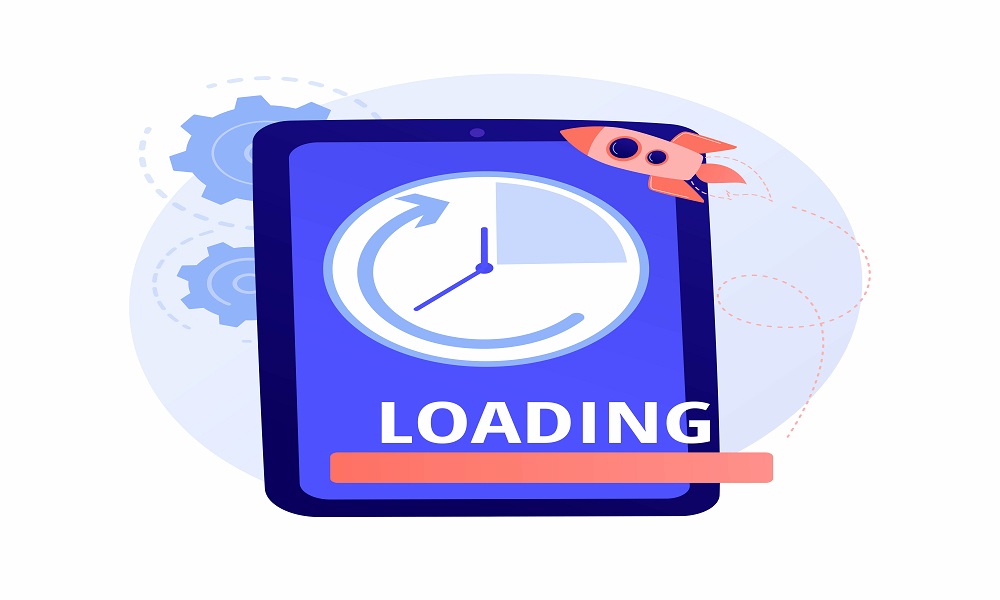
The new Google ranking factor (Core Web Vitals) will have three main metrics which will assess the experience of your website users: Largest Contentful Paint (LCP), First Input Delay (FID), and Cumulative Layout Shift (CLS).
The point of this new measure is to evaluate the real-world experience that web users have when they visit your website. Why is it so important?
A great deal of emphasis is placed on Page Experience in Search Engine Optimization (SEO).
Enhancing the overall experience plays a crucial role in online businesses. Naturally, SEO helps you grow.
It becomes evident that one should optimize the speed performance of their sites to make them more user-friendly and improve Google rankings.
Core Web Vitals is a new ranking signal that will help Google better understand the user experience of your website. Mobile, desktop, and other devices should be considered when optimizing your website for search engines.
But what are Core Web Vitals?
Core Web Vitals are a new ranking factor that Google will use to evaluate your site’s speed performance. Core Web Vitals will be launched in May 2021, and it will have three main metrics which will assess the experience of your website users:
- Speed: This is how fast you can load pages on mobile devices. It’s a simple metric but can make or break a campaign if used correctly!
- Search Quality: This metric measures the quality of user searches on search engines like Google, Bing, and Yahoo! If you want more traffic from search engines, this should be one of your highest priorities when optimizing for ranking factors such as location or keywords!
- User Experience (UX): This metric looks at how well users interact with content on their mobile devices while browsing websites like yours! The higher this score gets, the better the chance of gaining more traffic through organic search results, too – so keep an eye out for changes here too soon after the launch date commences next month!!
It becomes evident that one should optimize the speed performance of their sites to make them more user-friendly and improve Google rankings.
It becomes obvious that one should optimize the speed performance of their sites to make them more user-friendly and improve Google rankings.
In May 2021, Google will launch Core Web Vitals, a new ranking factor. The core web vital factors include:
- Page Speed (pages with good load time always get better rankings)
- Responsiveness and Mobile Usability (mobile-friendly websites are more likely to rank highly)
- User Experience & Branding (users remember your brand much easier if they perceive it as being easy to use)
As part of the Core Web Vitals ranking factor, Google will assess your website’s experience with three main metrics website users:
Largest Contentful Paint (LCP), First Input Delay (FID), and Cumulative Layout Shift (CLS).
The new Google ranking factor (Core Web Vitals) will have three main metrics which will assess the experience of your website users: Largest Contentful Paint (LCP), First Input Delay (FID), and Cumulative Layout Shift (CLS).
- LCP is a metric that measures how quickly a user can get to an area on your site. It’s usually broken down into two parts: how fast it takes to render text and, after it’s generated, how long it takes for that text to be rendered again when you click on something else.
- FID is an indicator of how well-designed your site is for mobile users since they’re more likely than desktop users to browse using their phones or tablets rather than in front of their computer screens.
- CLS refers to “visual weight” and “layout shift.” Visual weight refers to keeping things simple without having too many elements on the screen at once; if you have too many aspects competing for attention, there won’t be room left over for other things like images or videos, etcetera!
This may result in less time spent looking through pages before scrolling down again because there isn’t enough room left around these items, so they become less noticeable compared to other content within those same areas where we might otherwise see them displayed differently depending upon what type(s)

Step 1: Check Whether You Need To Optimize Core Web Vitals
Set up your website on Google Search Console to get an in-depth report on your website performance in search results.
Here you will get a live Core Web Vitals report. It is based on Google’s user experience metrics.
Your website is going well if you have good URLs.
Otherwise, if your webpages are labeled as “poor,” there is a need to improve Core Web Vitals for better SERP rankings.
Step 2: Check Slow Pages on Your Website
If the loading speed of some pages of your website is fast, it may result in better ranking and user experience.
So it is necessary to repair each page that can result in the slow speed of your website.
You can find slow pages in “Open Report” in Core Web Vitals.
Next, select issues listed as “Why URLs aren’t considered good.”
If you have a new website that does not have traffic, google will combine multiple URLs and analyze them as a single entity.
Step 3: Monitor your website’s key pages
After analyzing the performance of web pages, you must monitor the performance of your website on a regular basis.
This will give you a confirmation about the working of Core Web Vitals improvements.
Also, you will get an alert about potential accidental regressions.

Step 4: Run Performance Analyses Test to Identify fixes
With the help of a performance test, you will know the actual cause of the required improvements.
For this, you may use tools to test URLs by analyzing Core Web Vitals results.
Step 5: Look For the Most Promising Optimization
Before implementing any changes while optimizing your website, you must consider the following:
- The impact of changes on Core Web Vitals
- The changes will affect a single webpage or the entire website
- Efforts required to implement the changes
In order to analyze the potential impact of optimization, you can use quick experiments using tools.
These tools enable you to perform optimization without any changes in coding.
Step 6: Identify Optimization on your Production Site
Usually, it takes 30 days for the changes to reflect on your website.
After observing the impact of changes, you can further analyze your upcoming ways of optimization.
Conclusion
The core goal of Google and other search engines is to provide users with accurate information about what they are looking for on the internet. In order to do this well, websites need to be able to rank highly on searches related to their content or services offered.
If those pages aren’t optimized properly, they won’t get ranked high enough, which means that potential customers may never find these pages when searching online, so there isn’t much point in having them up there if no one will ever see them!
In today’s highly competitive market, Google aims to provide users with better search results. The Core Web Vitals update is designed to help them do that.
Its primary purpose is to give a realistic user experience when visiting your site so that it can assess how well you handle loading times, responsiveness, and other factors related to the overall speed performance of your website.
Web Core Web Vitals metrics measure the speed of website load time, page layout offset, and page elements. Google considers these when evaluating search results. Make sure your pages are responsive and easy to use. By using these metrics, more people will see your website than ever.
Optimize your core web vitals for better performance

Started working as a digital marketing expert, Varun Sharma is now also a well-known digital marketing speaker – a speaker on performance development, and a trusted mentor to businesses in the digital world. His keynote expositions are based on the digital marketing theories, which provide a fascinating insight into the secrets of high performance.

